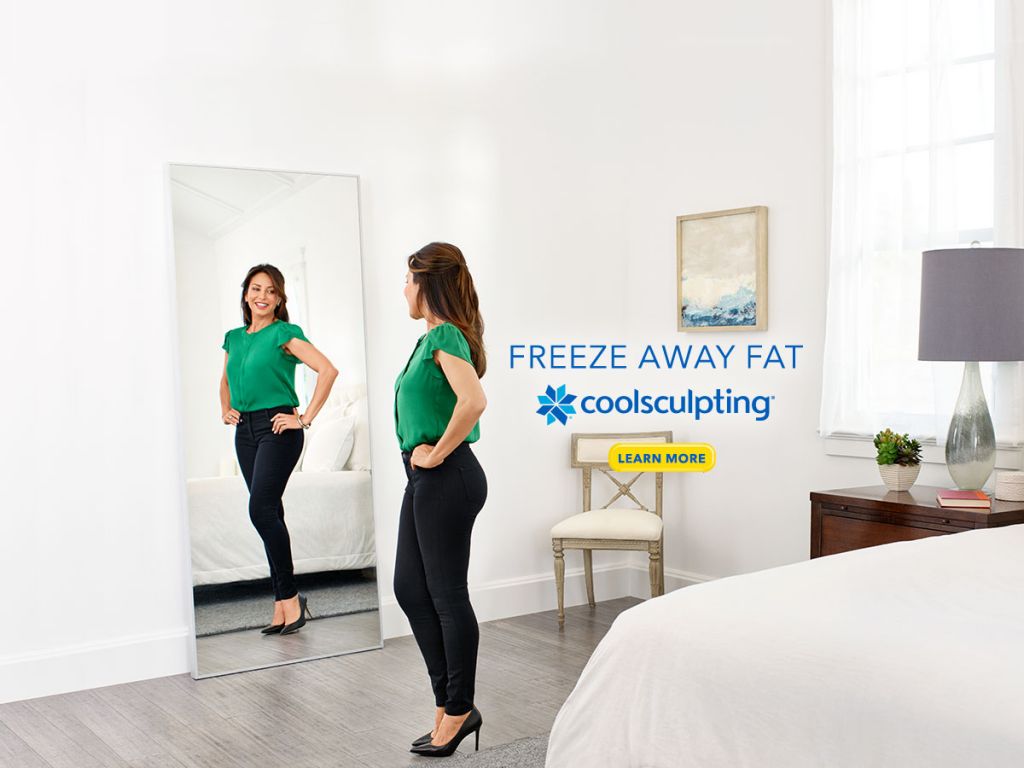
The Everyman’s Guide to Coffee with Paul Gusé
Making coffee should be an experience, not just something you halfway participate in each morning.
First, try stepping away from the store bought ground coffee and opt for the whole bean from a local trusted source. I like shops that roast their own beans which is relatively easy to find if you do a little research ahead of time. Grind the beans yourself as you need them. Ask yourself – why is coffee so good from the local coffee shops? Besides the fact that most know what they are doing, they are using fresh ground coffee that has been roasted within a few days. The really good shops grind to order, meaning you get the most bang for your cup. Now, back to home: for a good coffee grinder, you do not need to spend a lot of money but you do need to know what to look for. Burr grinders are the only way to go… period. Pass over everything else. You can opt for a good hand powered grinder or rely on a good machine. I like to use this Mr. Coffee Automatic Burr Grinder because it offers multiple levels from French press (coarse) all the way to espresso (fine).
Now that you have the beans and the grinder, it’s time to brew. In most cases, it would be assumed that an automatic drip coffee maker is the go-to choice. What if you can control the temperature of the water (just off boil or 205 degrees)? What if you can control the rate at which the water hits the coffee? An amalgamation occurs when you discover the pour-over method. Pouring the water over the grounds, watching them come to life in order to help bring you to life. The world will thank you, and you will no doubt be better for it.
“An amalgamation occurs when you discover the pour-over method. Pouring the water over the grounds, watching them come to life in order to help bring you to life.”
For the pour-over method, you will need to buy a filter holder/dripper which you can find on Amazon such as the Hario Ceramic Dripper, or many variations. I would recommend to stay away from plastic however, as it can alter the taste of the coffee in a bad way. You will also need a good kettle to heat and hold the water. There are kettles specifically for pour-over or you can opt for any electric kettle that pours well. Buy the unbleached cone filters. Wet the empty filter into the holder and position it so that it is even and ready to accept the fresh grounds (about 2 tablespoons per 6oz of water, depending on the strength you like.) You can either position the dripper over the cup you will drink from or a carafe like the Hario Glass Range Server. I use the 600ml Hario which gives me about two cups of coffee. Don’t be intimidated by the technique. Learn from your local barista if you have a good shop. Typically, the rule is the slower the pour the better. First, wet the grounds to “wake” them and allow them to “bloom.” Just an ounce of water poured in a circular motion to make sure to get all grounds is all that is needed. After about 30-45 seconds, start the initial pour (about 3-4 ounces) in a circular motion from the outside working your way to the center. Remember, slow is key. Let the water drip through the coffee and pour again. Typically, the best results I have had at home are three to four pours, not counting the initial wetting. Learn to appreciate the process. Next time we will go a little deeper into the coffee itself and discuss the bean, the roast, and the grind to find what works best for your needs.










